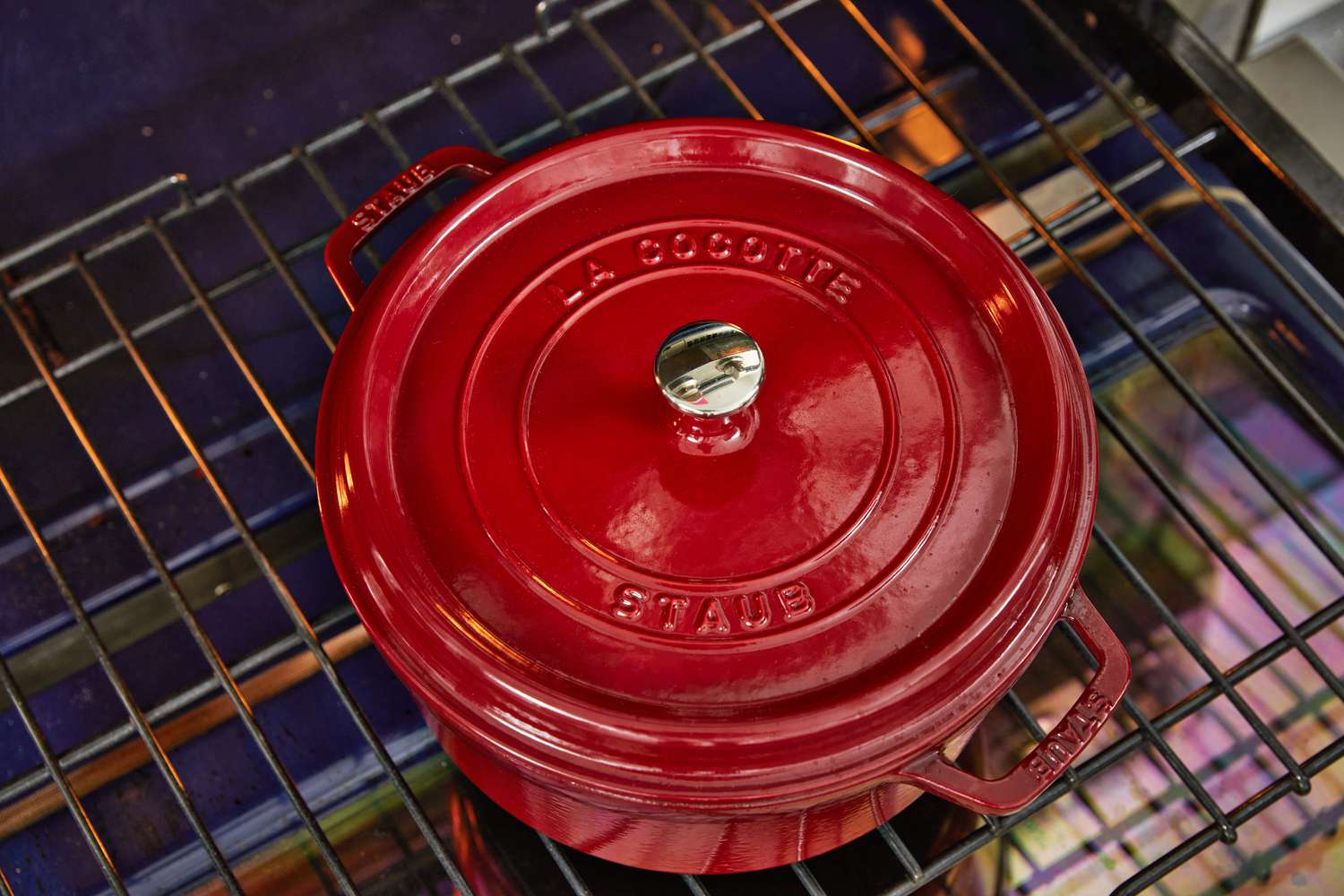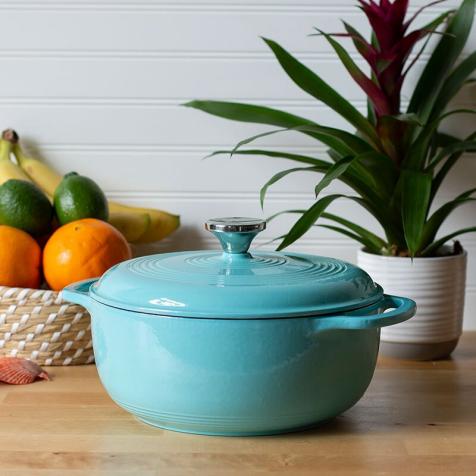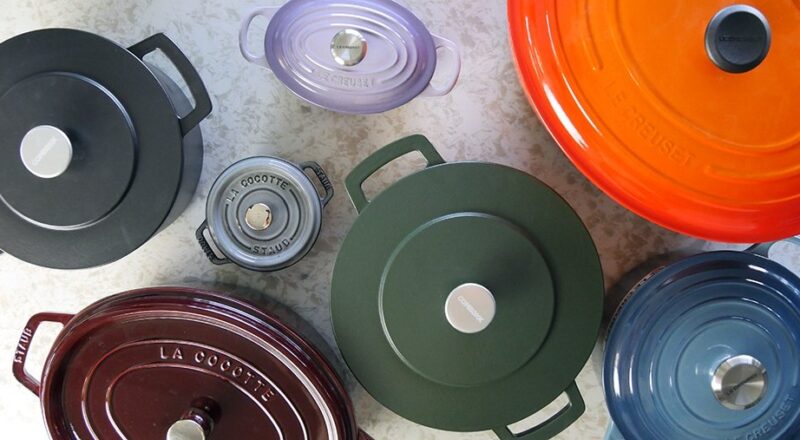
Introduction
Baking sourdough bread is an art and a science. For many home bakers, a Dutch oven is the go-to tool. But what if you don’t have one? Fear not! You can still bake delicious sourdough bread using other tools in your kitchen. In this guide, we will explore different methods, tips, and tricks on how to bake sourdough without a Dutch oven.

Understanding Sourdough Basics
Before diving into alternative baking methods, it’s important to understand the basics of sourdough bread. Sourdough is made from a live fermented culture known as a starter. This starter gives the bread its distinctive taste and texture.
The Importance of a Good Starter
Your starter is the heart of your sourdough. It’s a mixture of flour and water that captures wild yeast and bacteria from the environment. Regular feeding and care are essential for a healthy starter.

Essential Tools for Baking Sourdough
Even without a Dutch oven, several tools can help you achieve excellent results:
1. Baking Stone or Steel
A baking stone or steel helps to create a hot, even baking surface. This is crucial for achieving a good rise and crust.
2. Cast Iron Skillet
A heavy-duty cast iron skillet can be a great alternative to a Dutch oven. Preheat the skillet and use a lid to trap steam. Learn more about using a cast iron skillet.
3. Roasting Pan
A deep roasting pan can mimic the steam-trapping environment of a Dutch oven. Use a lid or aluminum foil to cover your bread during the initial baking period.

Preparing Your Sourdough Bread
Once you understand the alternatives, it’s time to prepare your dough:
Mixing Ingredients
Combine your sourdough starter with flour, water, and salt. Mix until a shaggy dough forms.
Kneading and Stretching
Use the stretch-and-fold method instead of traditional kneading. This helps develop gluten without overworking the dough.
Baking Techniques Without a Dutch Oven
Now, let’s discuss specific techniques for baking without a Dutch oven:
1. The Covered Skillet Method
Preheat a cast iron skillet and place your dough inside. Cover with another skillet or a metal bowl to trap steam.
2. The Baking Stone and Trays Method
Place your dough on a preheated baking stone and cover it with an inverted baking tray or pot. This traps steam and creates a similar environment to a Dutch oven.
Tips for Perfect Sourdough
Maintaining the Right Temperature
Baking temperature greatly influences your bread’s texture and crust. Preheat your oven to at least 450F for optimal results.
Humidity Control
Creating steam in your oven is crucial. Add a pan of water at the bottom of the oven or use a spray bottle to mist the dough.
Common Mistakes and How to Avoid Them
Underproofing or Overproofing
Proper proofing is essential. Underproofed dough can be dense while overproofed dough can collapse. Learn to judge by the dough’s texture and appearance.
Inconsistent Baking Times
Baking times can vary based on your oven and the method used. Always check for a golden-brown crust and an internal temperature of 200F.
Delighted with Results
Baking sourdough without a Dutch oven opens up new possibilities and allows you to be creative. Experiment with different methods and find what works best for you.
Learn More
If you want more tips on using cast iron for cooking, check out this guide on cooking flank steak.
Also, explore other methods for cooking with cast iron.
FAQs
Can I use a regular skillet instead of a cast iron skillet?
Yes, but a cast iron skillet retains heat better. Learn more here.
How do I know when my bread is done?
Check for a golden-brown crust and an internal temperature of 200F.
How do I create steam in the oven?
Use a pan of water or mist the dough with a spray bottle before closing the oven.
As an Amazon Associate, I earn from qualifying purchases.

